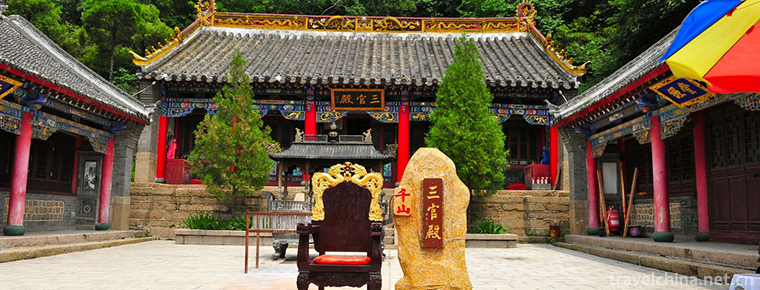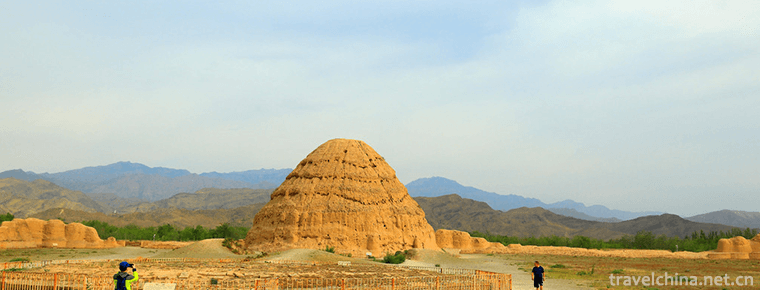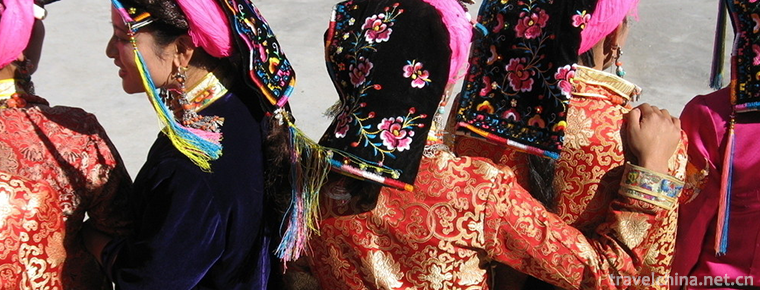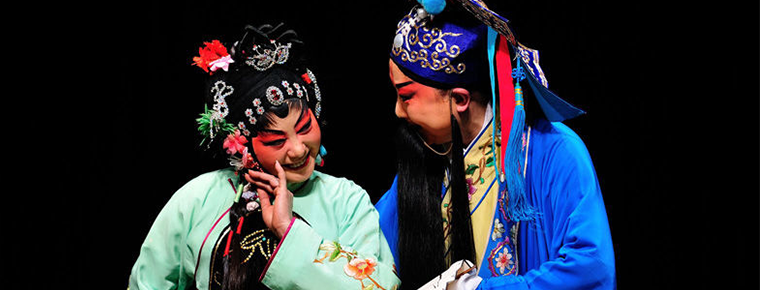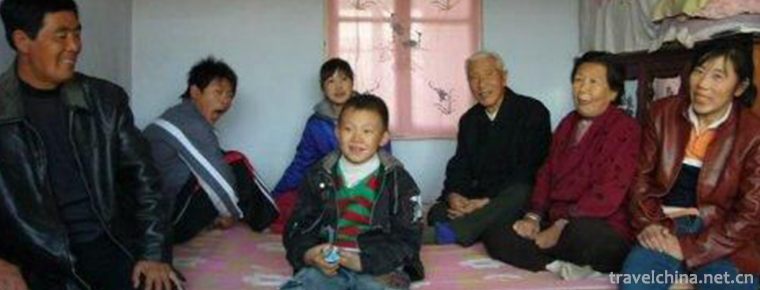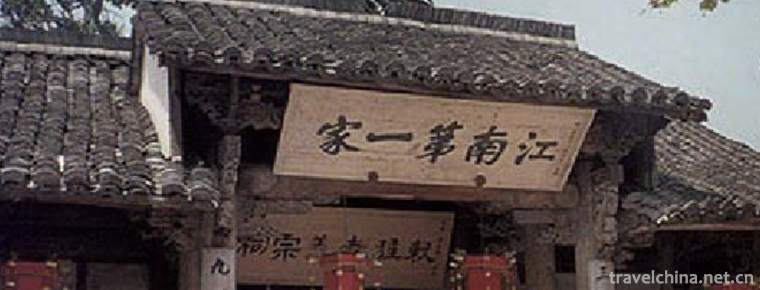Li nationality firewood dance
Li nationality firewood dance
Lizu firewood dance, a traditional dance in Sanya, Hainan Province, is one of the national intangible cultural heritage.
The firewood dance is one of the representative folk dances of the Li nationality. It is called "Turn Brake" and "Taisha" in the Li dialect. It originated from the funeral custom of Li people in Guyazhou (Sanya City, Hainan Province today). The firewood dance has a complete set of dance equipment and dance method. The dance equipment consists of two pads and several pairs of small trees. When dancing, the two mattresses are separated by about 2 meters and placed parallel on the ground. The mattresses are mounted on several pairs of sticks. The two ends of the stick are held by several people, two opposite, up and down, left and right, split and split, and clap each other, giving out a strong rhythm. Dancers jump into sticks, jump and crouch, imitating human labor conditions and the movements and sounds of various animals.
On May 20, 2006, the Li firewood dance was approved by the State Council of the People's Republic of China and listed in the first batch of national intangible cultural heritage list, the heritage number: III-32.
historical origin
In ancient times, because of the low productivity and worship of nature of the ancestors of the Li nationality, they believed that the soul could rise to heaven after death and believed in the immortality of the soul. Therefore, they did not suffer excessively from the death of human beings. Instead, they danced for them, one to comfort the dead, two to comfort the living, and three to ask the deceased ancestors to bless their children and grandchildren. The firewood dance was originally a funeral dance used by Li ancestors for sacrifice. It was used to protect corpses, drive out wild animals and frighten ancestors. It originated in Ancient Yazhou (Sanya City, Hainan Province today). It was an ancient and long-standing dance of Li nationality, and was widely loved by Li people. It was the embodiment of Li people's labor wisdom and historical memory.
The Records of Yazhou in Qing Dynasty recorded: "Funeral... Poverty calls for tea, wealth calls for eight. Please lay a foundation with the low lamp of cattle and sheep. Eight, distracted flowers and trees, beating pestles." "Dancing pestle" refers to dancing firewood dance. The Li people in Yacheng Town, Sanya City, Hainan Province, and Ganjia Town, Ledong Li Autonomous County, still maintain this custom. After the normal death of the elderly, on the evening of the coffin entry, the families of the deceased usually hold a banquet for relatives and neighbors who come to discuss funeral affairs. At this time, relatives and neighbours will gather to mourn, one is to dance firewood, the other is to help. Therefore, firewood dance with strong religious and witchcraft color, is gradually formed in a specific environment.
In the 1950s, the firewood dance in Li nationality area embodied the modern form of firewood dance. According to the survey data of Li's social history at that time, firewood dancing was a popular recreational activity among Li's youth. Many Li nationality areas in Hainan dance firewood dancing, such as Ledong County and Baoting County. The firewood dance in this period, because of its purpose of entertainment and celebration, has moved from serious funeral and sacrifice activities to the daily celebration activities of the Li people. During this period, firewood dancing mostly danced in festivals such as the Spring Festival. There was no music accompaniment in the dancing. The "firewood dancing" was the privilege of men and the "firewood hunting" was the patent of women.
In 1957, the firewood dance was adapted by Hainan dancers, and went to Beijing to participate in ethnic minority literary and artistic performances. It was praised as "the flower of Wuzhishan art". Later, it was performed in Romania, Japan and other countries. It was praised as "the rare Aerobics in the world". Since then, the firewood dance has been put on the stage. After stage art processing, firewood dancing, with green bamboo poles instead of red red suzuki, the name also changed from "firewood dancing" to "bamboo pole dancing", "bamboo pole dancing" and so on. At the same time, the custom of "women firewood dancing and men firewood dancing" has changed into the form of "men and women mixed firewood dancing".
In the 1980s, Zhu Qingyuan, the former Wenxuan Office of the Department of Ethnic and Religious Affairs of Hainan Province, made arrangements for firewood dancing. The dancing methods of firewood dancing have been greatly developed, and many kinds of dancing methods have been formed, such as "piercing the wall", "going on the road for lovers", "putting out the sea of fire", "running the knife mountain", "jumping the Dragon gate". After that, through the continuous arrangement and processing of folk firewood dancing enthusiasts, various dancing methods were created, and the dancing methods of contemporary firewood dancing can be said to have been greatly enriched.
Inheritance and protection
Inheritance value
Cultural and educational value: firewood dancing shows the natural features, customs, production and life of the Li people, reflects the strong Li culture, reflects the harmony and unity of human and nature, and has potential cultural and educational value.
Historical value: firewood dancing is so closely related to Li people's funeral customs that it has a very important reference value for the study of Li people's history, especially dance history and the origin and evolution of funeral history.
Art Value: The Lizu firewood dance has a fixed and complete set of dancing methods, content and with proper nouns and various titles, its artistic value is also remarkable.
Fitness value: Lizu firewood dance is very beneficial to physical and mental health. It mainly relies on people to make use of the combination of bamboo poles to do various movements, so it can be seen that jumping bamboo poles is a whole body movement. People exercise while having fun.
Political value: Lizu firewood dancing art belongs to the traditional culture of the Li nationality. It has strong ideological attributes. It plays an immeasurable role in enhancing the unity of the Li nationality, enhancing the self-confidence of the Li nationality, strengthening the contacts with the outside world and strengthening the construction of socialist spiritual civilization in China.
Economic Value: Lizu firewood dance culture is a part of Hainan's economy and tourism industry. We should combine the two to create an excellent brand of Hainan's Lizu art and culture, and give full play to the role of Lizu firewood dance in economic construction.
Inheritance status
In contemporary times, this ancient custom is still preserved in Langdian Village, Yacheng Town, Sanya City, in Quanli nationality area. Therefore, rescuing and protecting Li folk firewood dance is imminent.
Inheriting characters
Huang Jiajin, male, Li nationality, born in Sanya, Hainan in 1923. The second batch of national intangible cultural heritage projects, the representative inheritors of Li nationality firewood dance, was declared by Sanya City, Hainan Province.
protective measures
In 2018, the Sanya Municipal Government provided special financial support for firewood dancing.
In the traditional "March 3" festival, water festival, condolence performance, scenic spots entertainment and other activities, firewood dance is an indispensable program.
Langdian Village has set up a Lizu firewood dance training institute. The villagers have set up their own learning and demonstration teams. So far, 58 people have been trained.
The traditional dance of Li nationality "firewood dance" is a compulsory course in the Minority Middle School of Ledong Li Autonomous County.
social influence
Important performance
In 1957, the Li firewood dance was displayed in the national minority literary and artistic performances.
On June 25, 2015, in the exhibition of Hainan intangible cultural heritage "Entering Tibet" held in Lhasa, a large number of Hainan national non-relics such as Li firewood dance were displayed.
On April 15, 2018, the production team of Hunan Satellite TV's flagship music program "Singer" came to the Limiao Cultural Tourist Area in Penang Valley, Hainan, to record music scenes for the latest broadcasting program, in which the Lizu firewood dance was displayed.
Honorary commendation
In the early 1970s, Li nationality firewood dancing went abroad to perform in Romania, Yugoslavia, Pakistan, Japan and other countries. It was highly appreciated by the people of all countries and was called "the rare Aerobics in the world".
In 2013, the "firewood dance" arranged by the National Middle School of Ledong Li Autonomous County won the second prize of the Hainan Primary and Secondary School Dance Competition.
On April 8, 2019, in the traditional festival "March 3" of Hainan Li and Miao nationalities held in Lingshui Cultural Square and the second Bamboo Pole Dance Competition of Lingshui County, the representative team of Lingshui Middle School performed "Lizu firewood dance" and won the championship.


-
Mount QianQianshan Mountain
Mount Qian,Qianshan Mountain is located 17 kilometers southeast of Anshan City, Liaoning Province, with a total area of 44 square kilometers..
Views: 162 Time 2018-12-04 -
Yanxiangdong Ecotourism Area of Hanjiang River
Yanxiangdong Ecotourism Scenic Spot of Hanjiang River is located in Shiquan, covering an area of 80 square kilometers, north of Qinling Mountains and south of Bashan Mountains.
Views: 199 Time 2019-01-13 -
Western Xia imperial tombs
The Mausoleum of the Xixia Dynasty, also known as the mausoleum of the Xixia Emperor and the mausoleum of the Xixia Emperor, is the mausoleum of the successive emperors and the Royal Mausoleum of the .
Views: 106 Time 2019-02-25 -
Eight Delicacies in Hot Sauce
Babao chili sauce is a famous traditional dish in Shanghai, with bright color and spicy fragrance. It is improved from fried chili sauce. "Babao chili sauce" tastes hot, fresh and slightly s.
Views: 201 Time 2019-03-25 -
Tibetan costume
Tibetan costumes Tibetan men's clothes are divided into three categories: labor dress, superfluous dress and warrior dress. Women's clothes change greatly in festivals, major events in life and etique.
Views: 201 Time 2019-04-05 -
Sichuan Opera
Sichuan Opera, commonly known as Sichuan Opera, is mainly popular in the Han nationality areas of Sichuan, Chongqing, Yunnan and Guizhou provinces in southwestern China.
Views: 181 Time 2019-04-19 -
The technical skill of penjing
Bonsai art refers to the Soviet bonsai art, which originated in the Tang Dynasty, flourished in the Ming Dynasty, matured in the Qing Dynasty, and developed in modern times. Since the 1980s, Suzhou Bo.
Views: 236 Time 2019-06-09 -
Tan Zhenshan Folk Stories
Tan Zhenshan family has a tradition of "telling stories and telling ancient times". Some elders in the family are good at telling stories. Many stories have been passed down in their family .
Views: 344 Time 2019-06-18 -
Construction Techniques of Wuzhou Traditional Residential Buildings
On June 7, 2008, Wuzhou traditional residential construction techniques were approved by the State Council and listed in the second batch of national intangible cultural heritage list..
Views: 202 Time 2019-06-30 -
How long does it take for Chengdu to get to the giant panda base
When you come to Chengdu, you must come and see the lovely giant panda. The nearest panda base to the city is the giant panda breeding research base. How long does it take from Chengdu to the giant panda base?.
Views: 62 Time 2020-12-13 -
Social undertakings in Guangyuan
By the end of 2017, there were 751 schools at all levels and types in Guangyuan City (excluding primary and primary school teaching sites), with 380700 students and 26800 full-time teachers. Among them, there are 3 universities with 21500 students and.
Views: 312 Time 2020-12-15 -
Guangan location
Guang'an City is located in the east of Sichuan Province, with the geographical coordinates of 30 ° 01 ′ - 30 ° 52 ′ n, 105 ° 56 ′ - 107 ° 19 ′ e, 134.5 km from east to west, 93.6 km from north to south, from Linshui county to Dazhu County of Dazhou City, from.
Views: 358 Time 2020-12-19
